The year is 1808. Hachaliah Bailey - a local farmer - bought, somehow, an elephant (previously residing in Boston for unclear reasons), for $1,000, intending to use it for farm work.
Me: [chanting] duck, duck -
Other patients: duck, DUCK
Poultry saleswoman: [pounding her clipboard] DUCK, DUCK, DUCK!
[long, ominous pause]
...if you had a car.
a) we can't be friends
b) this is a very good short overview of this stuff, with nice pictures too:
ny.curbed.com/2017/6/21/1583…
CONCRETE JUNGLE
BABBA-DAA-BUH-BUH
HUBBA DI DUBBA
LET'S HEAR IT FOR
NEW YORK




















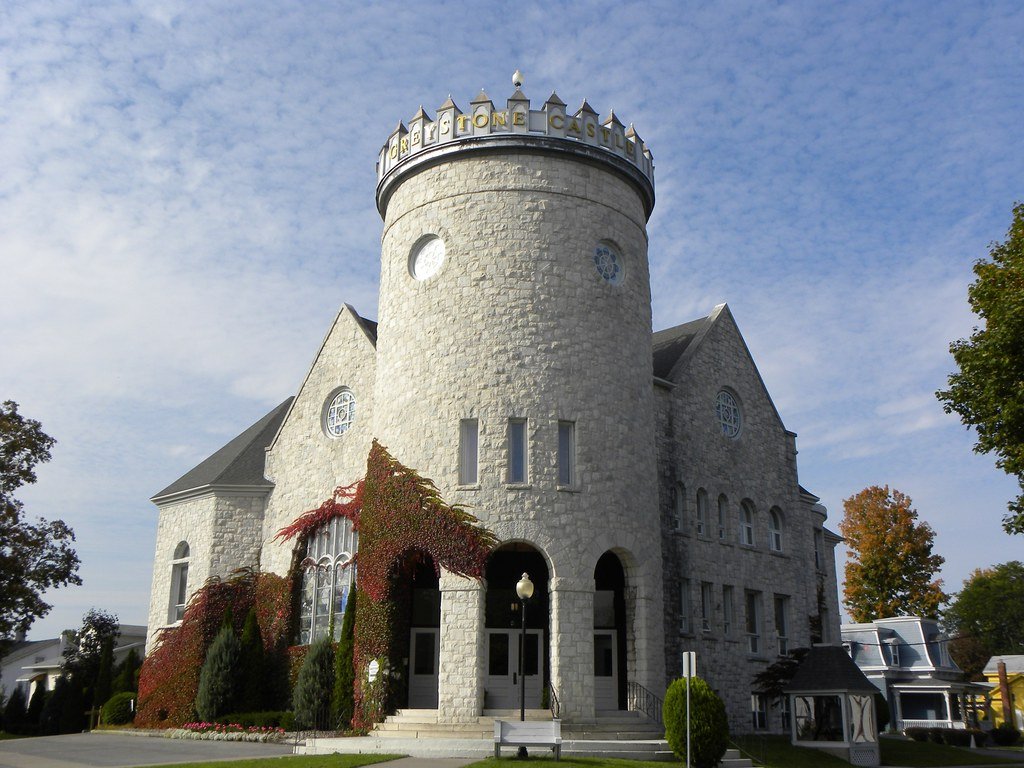
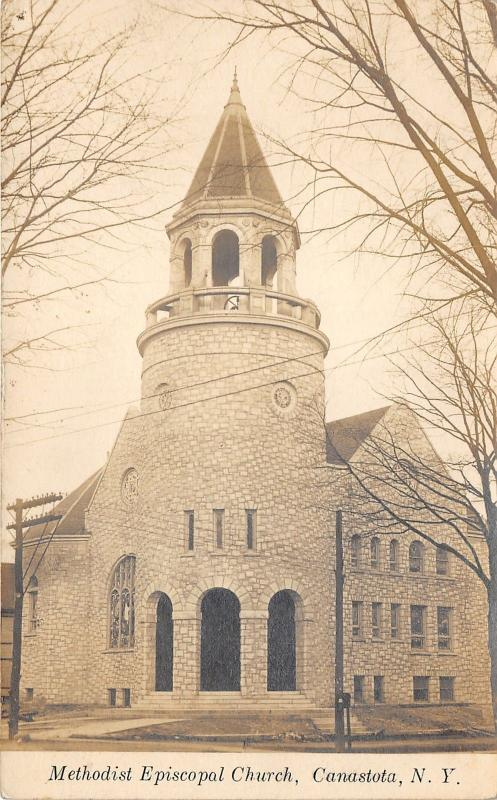




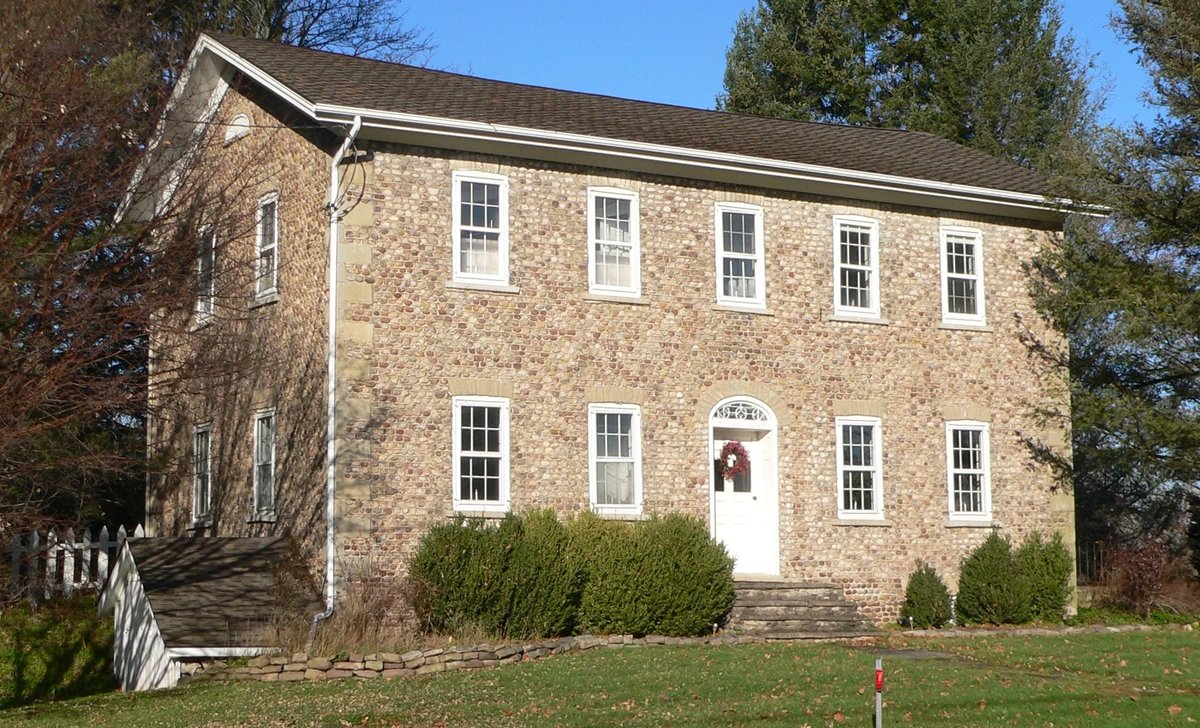






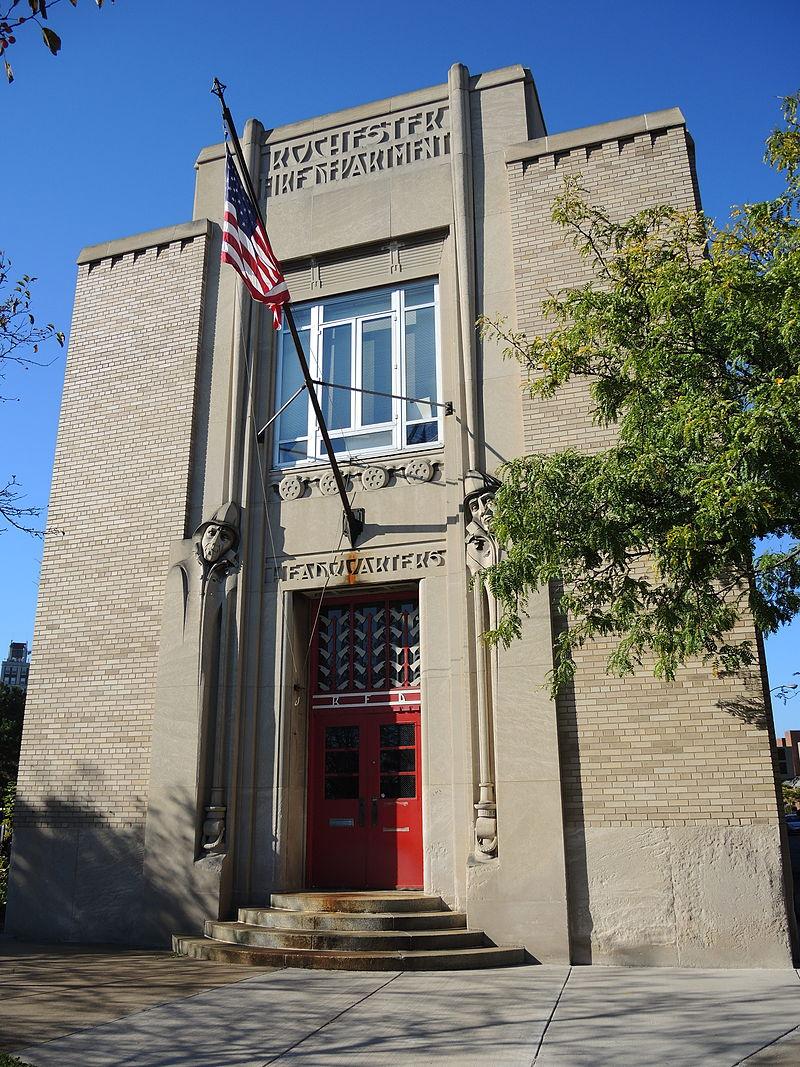





































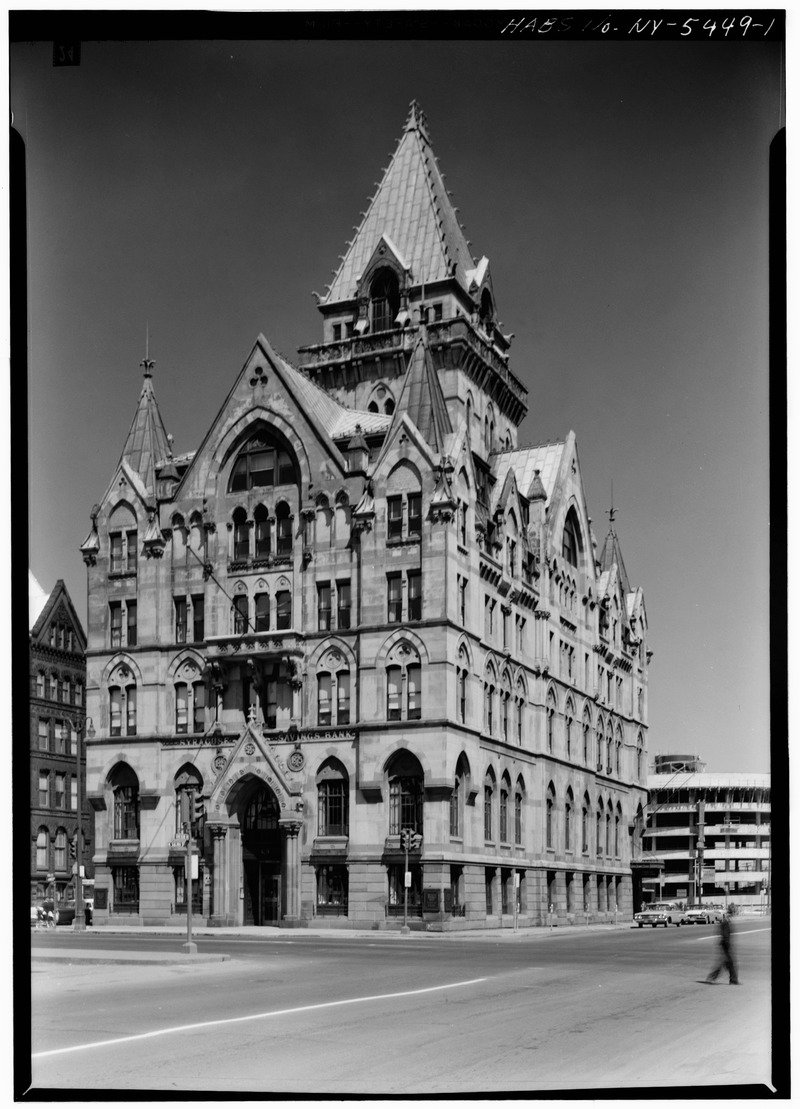


















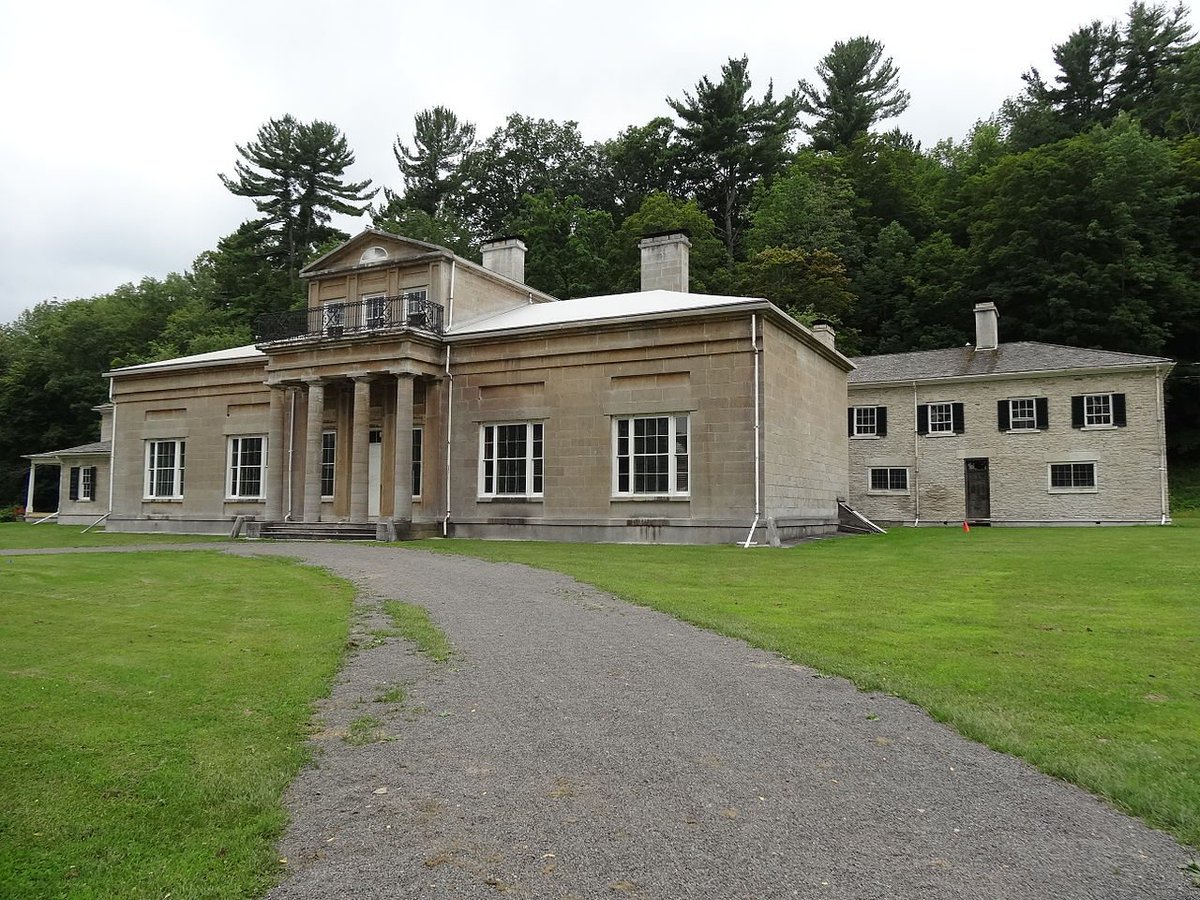










































































































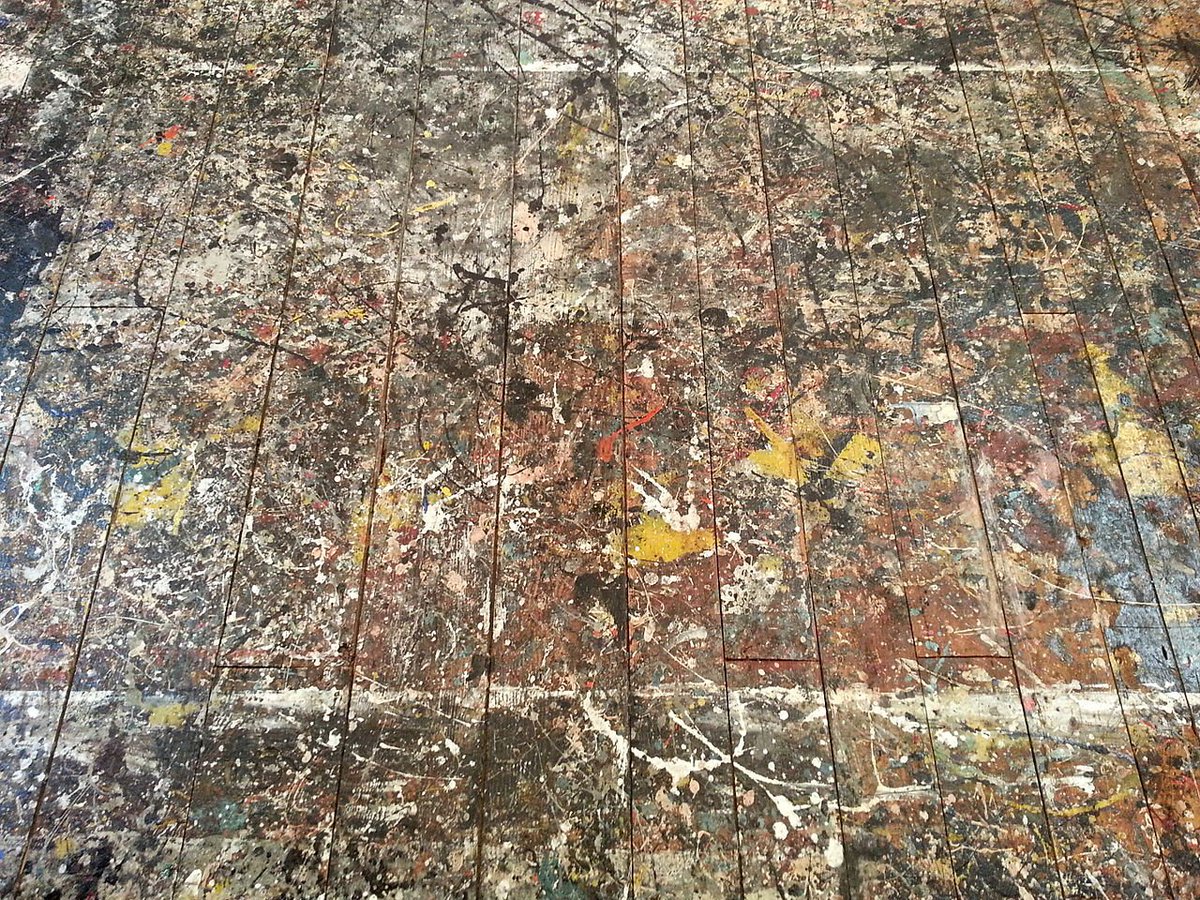















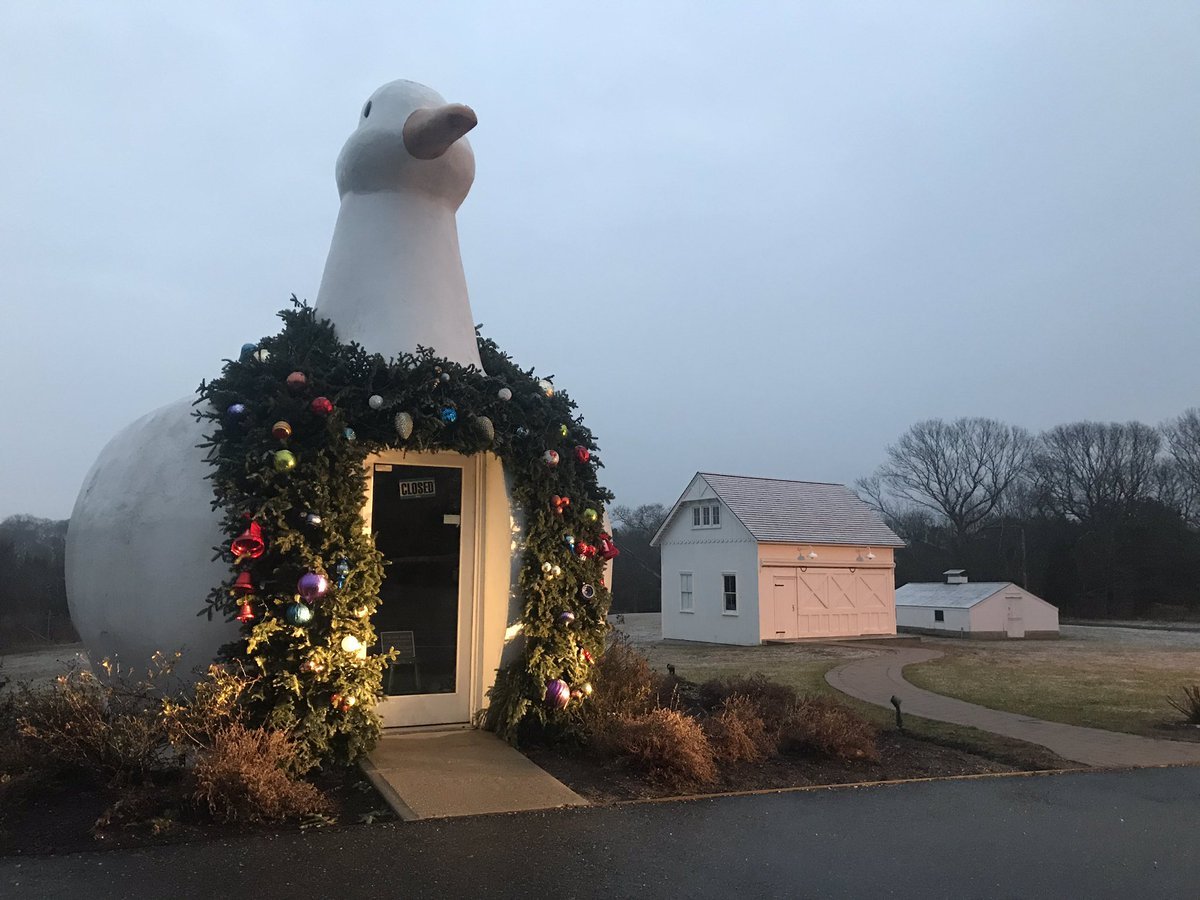








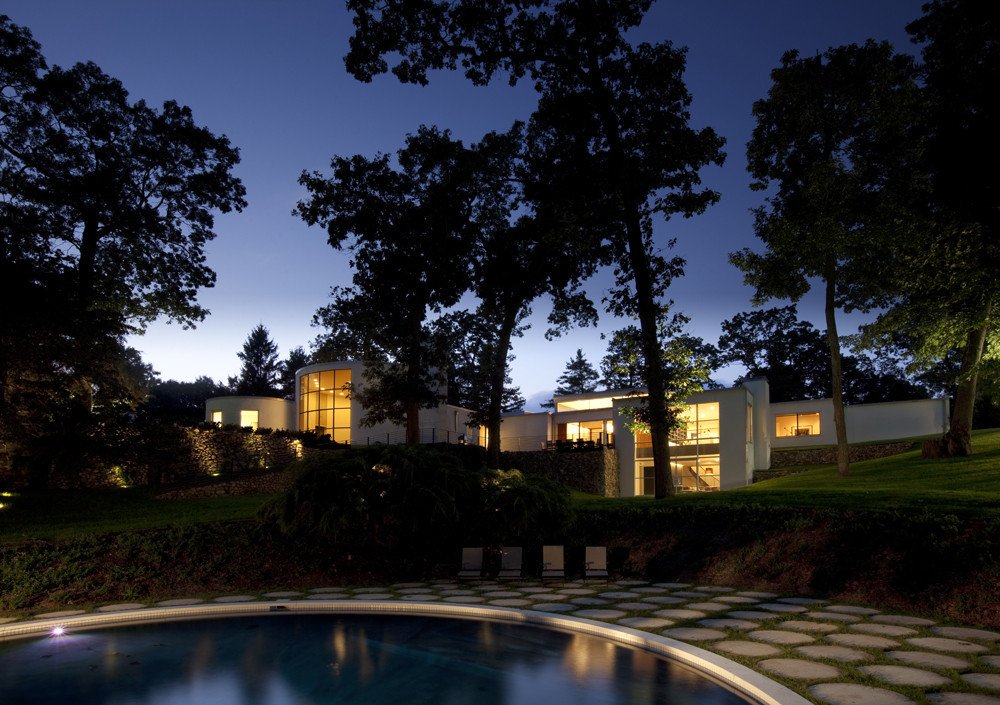



























































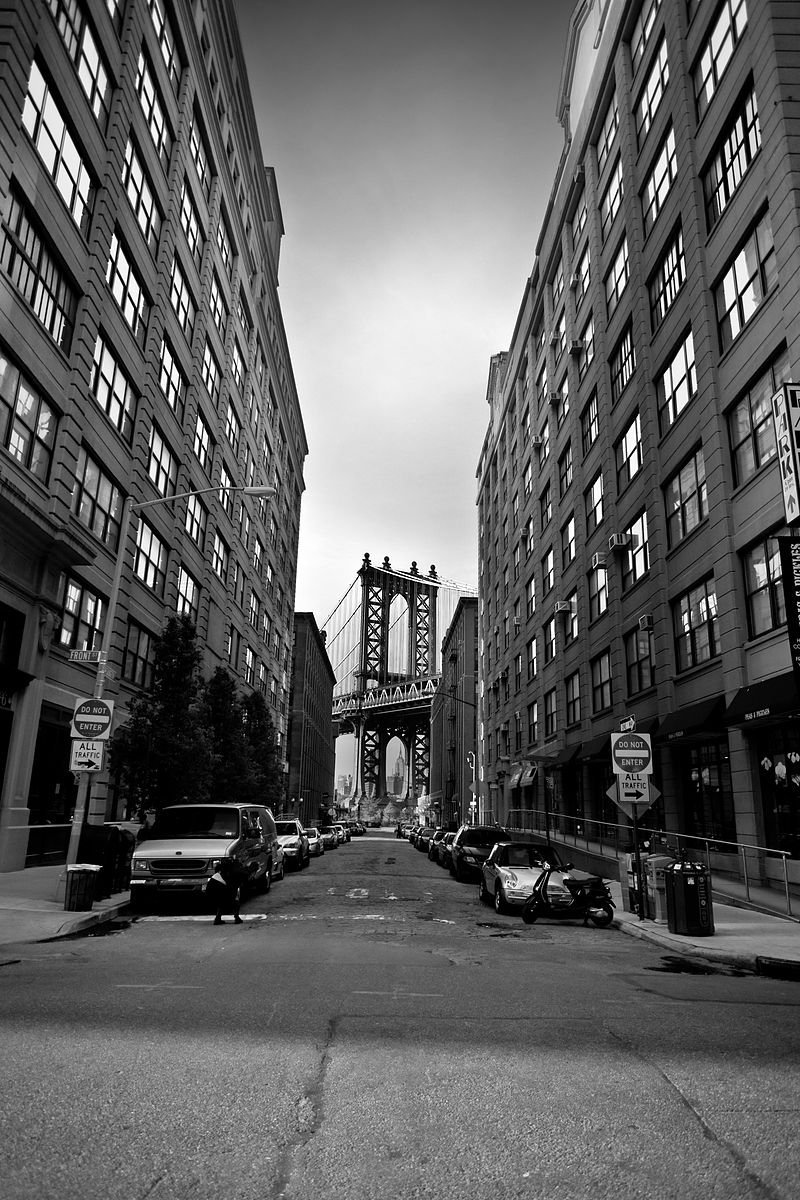







































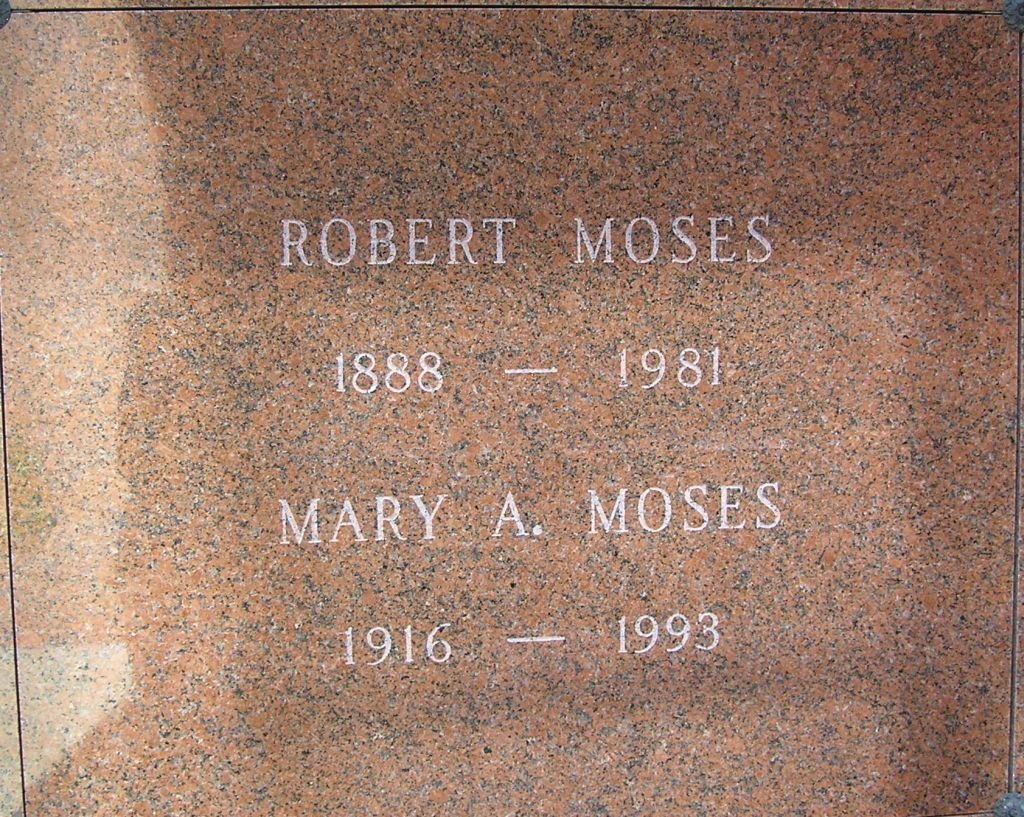

















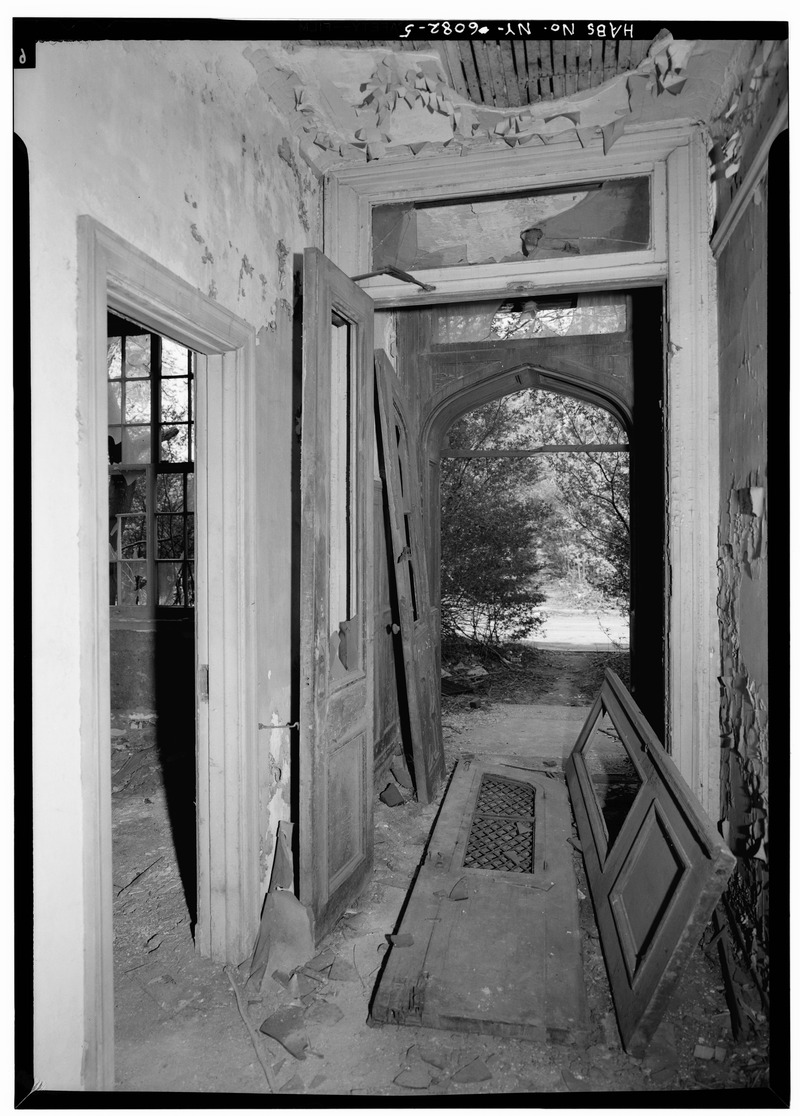
























































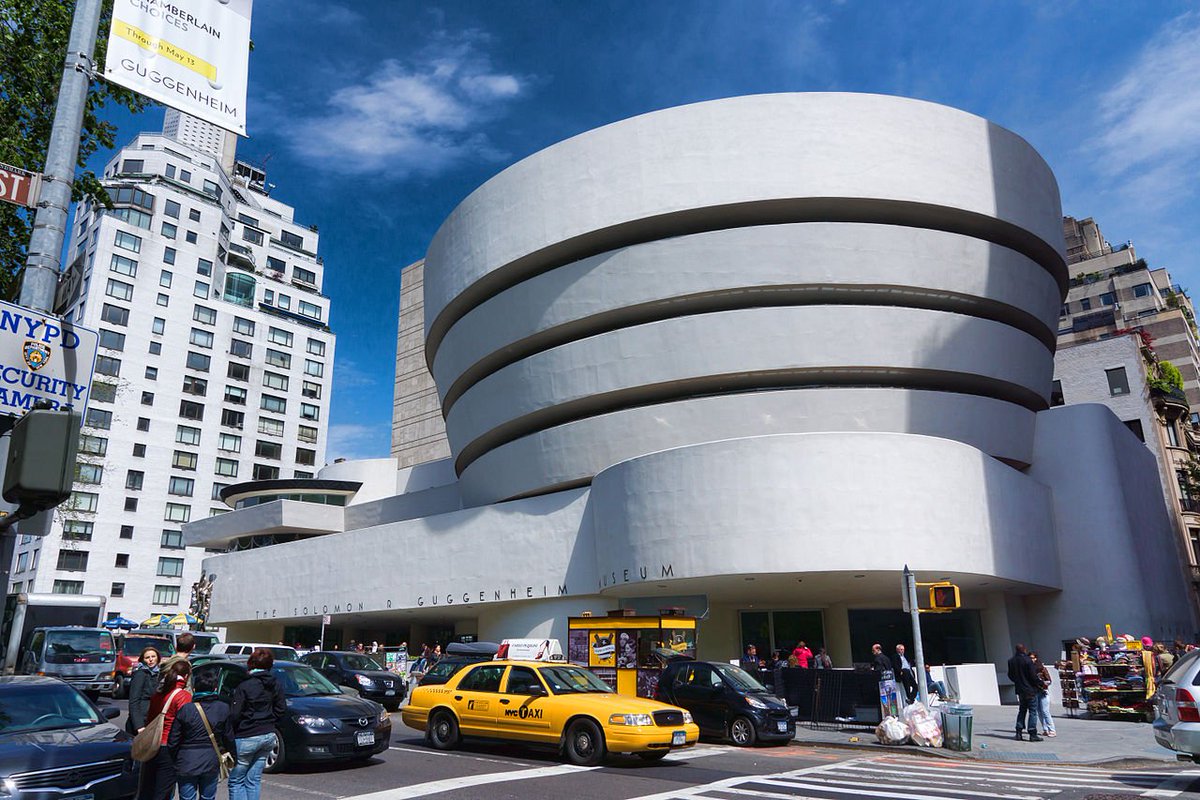














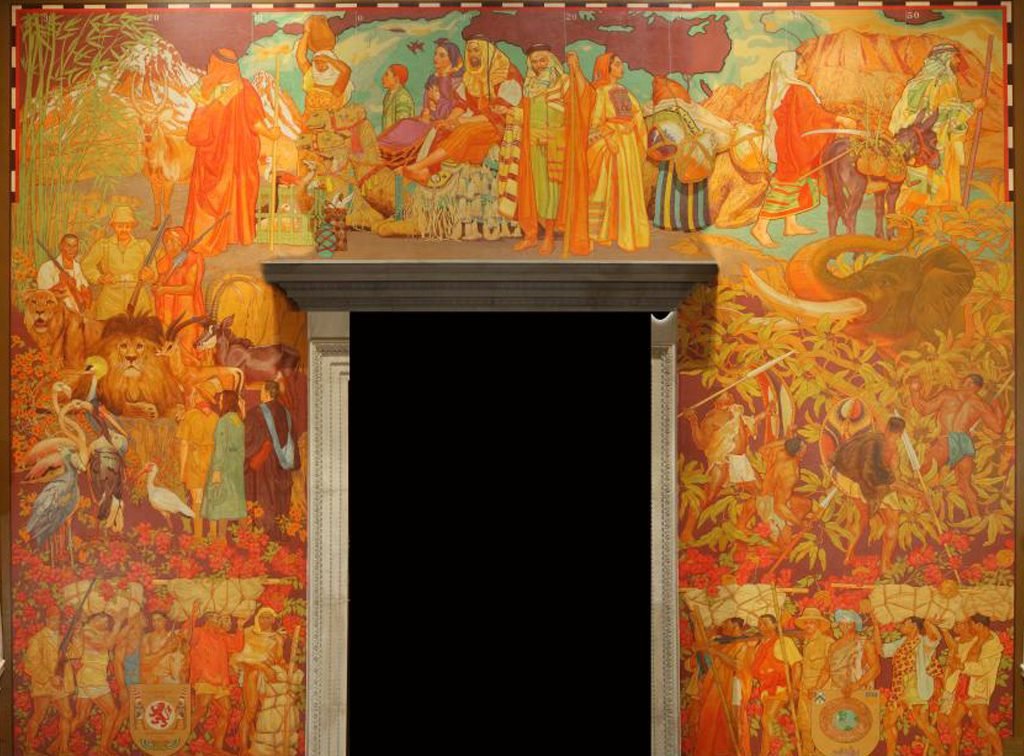
























![Mike[.]Rosebird[@]electronicprivacy[.]eu / spam RGPD](https://pbs.twimg.com/media/Dratj7rWoAEhjkw.jpg)
